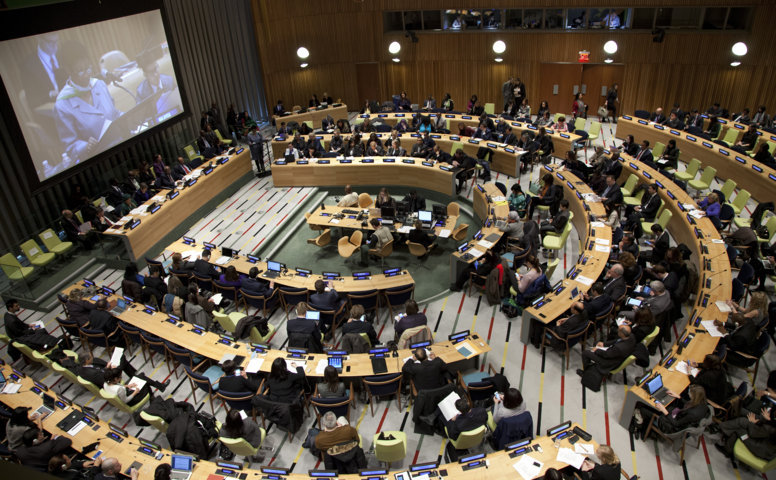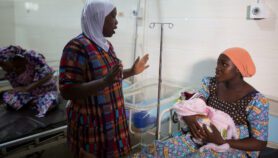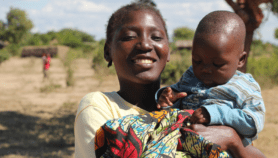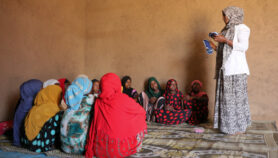Send to a friend
The details you provide on this page will not be used to send unsolicited email, and will not be sold to a 3rd party. See privacy policy.
[NEW YORK] As the UN’s Beijing+20 summit came to an end last week, two UN statisticians told SciDev.Net that statistics on women’s development issues are finally making it onto the international agenda — though there is still much to do.
Twenty years ago 189 countries ratified the Beijing Declaration and Platform for Action in which they agreed to empower women. Yet at the summit this month (9–20 March), officially the UN’s 59th Commission on the Status of Women, statisticians said that, despite progress, proper collection of gender-related statistics is still a big challenge.
The disaggregation of gender statistics from development data is a particularly crucial issue for two of the main tenets of the 1995 declaration: preventing violence against women and women’s economic empowerment.
Keiko Osaki-Tomita, chief of the Demographic and Social Statistics Branch of the UN Statistics Division (UNSD), says the issue didn’t gain momentum initially due to a combination of political ignorance, non-publication of collected data, and the complexity of coordinating data across government agencies and ministries.
But Masako Hiraga, a statistician in the World Bank’s Development Data Group, says data for gender-specific issues has now gained traction among UN member states.
She says the UN working group’s report A world that counts, published in November 2014, requires that “gender is not an add-on. It should be part of [all data] and we should be able to disaggregate it for analysis and understanding.”
Guidance needed
At the summit last week Osaki-Tomita presented Guidelines for Producing Statistics on Violence Against Women, which she says she created in response to an increased demand from UN member states for data collection guidance.
Governments are eager to learn more about violence rates but unclear how to measure it beyond anecdotal evidence, says Osaki-Tomita. Violence is a sensitive issue, so the guidelines outline how to design surveys to deal with the confidentiality and protection of respondents, and the psychological readiness of surveyors, she says.
But gender statistics cover far more than violence against women and girls. For instance, both Hiraga and Osaki-Tomita say that a lack of accurate data on unpaid work is a hindrance to women’s economic development.
Agricultural work is often disregarded by female survey respondents they do not consider it ‘work’, says Hiraga. There are also gaps in data on the economic impact of time spent on water collection by women and girls. Similarly, there are few reliable statistics on female asset ownership as legal documents are often in male relatives’ names.
Another difficult area is women’s entrepreneurship and that fact that business licences held by women may not cover activities such as tailoring and childcare, or market stalls. Osaki-Tomita says that women are likely to have a much larger role in the informal sector than many countries realise.
For Hiraga, integrating this kind of gender-specific focus into overall data collection is a must for sustainable development. The World Bank, UNSD and regional banks are collaborating to build up data collection capacity in many developing countries by training statisticians and funding specific data gathering projects.
The Sustainable Development Goals will need a lot of data, says Osaki-Tomita, so ensuring that national statistics offices can handle the workload is essential to measuring the success or failure of the goals.
>Link to the 1995 Beijing Declaration
>Link to Guidelines for producing statistics on violence against women














